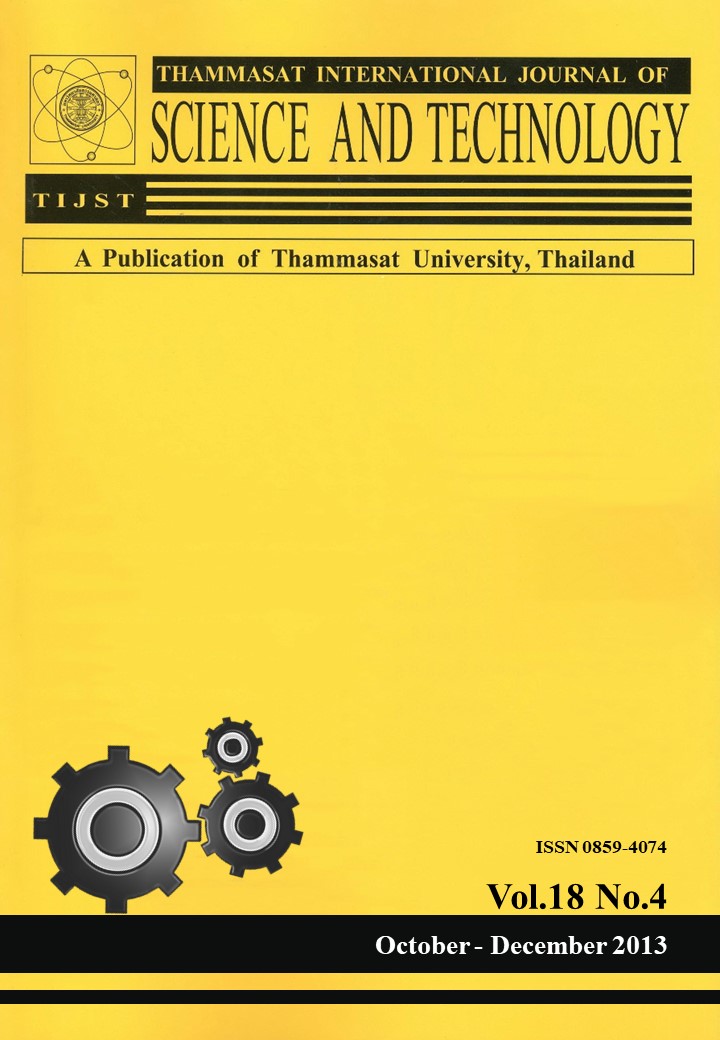Thermal Efficiency Evaluation of Hydrogen Production from Biomass in Thailand
##plugins.themes.bootstrap3.article.main##
摘要
Biomass is now considered to have a key role in building a foundation for energy generation, because it can be produced and implemented effectively. In addition, biomass is used as an alternative energy source in the production of hydrogen, which is an efficient and clean fuel for highly effective combustion with environmental friendliness. In many countries, hydrogen is viewed as a key alternative and sustainable energy in the future. Hydrogen can be produced from a variety of sources by employing different types of manufacturing technology. From these points of view, the goal of this study is to evaluate and improve a biomass gasification process for hydrogen-rich synthesis gas production. The biomass in Thailand, such as rice husk, rice straw, bagasse, palm shell, palm empty bunch, empty corn cobs, and cassava root, is studied as a raw material. The optimal operating condition in terms of high production efficiency with low energy consumption is determined via process simulation. The study shows that important parameters of the gasification process are air/oxygen to biomass ratio, steam to biomass ratio, gasification temperature, and amount of energy input. The results revealed that rice straw can produce maximum hydrogen yield, but low thermal efficiency. In contrast, cassava root has the highest thermal efficiency but lower hydrogen yield. Moreover, thermal efficiency of biomass gasification process can be increased when an energy recovery technique is used.
Keywords: Biomass; Energy recovery; Gasification process; Hydrogen; Simulation


